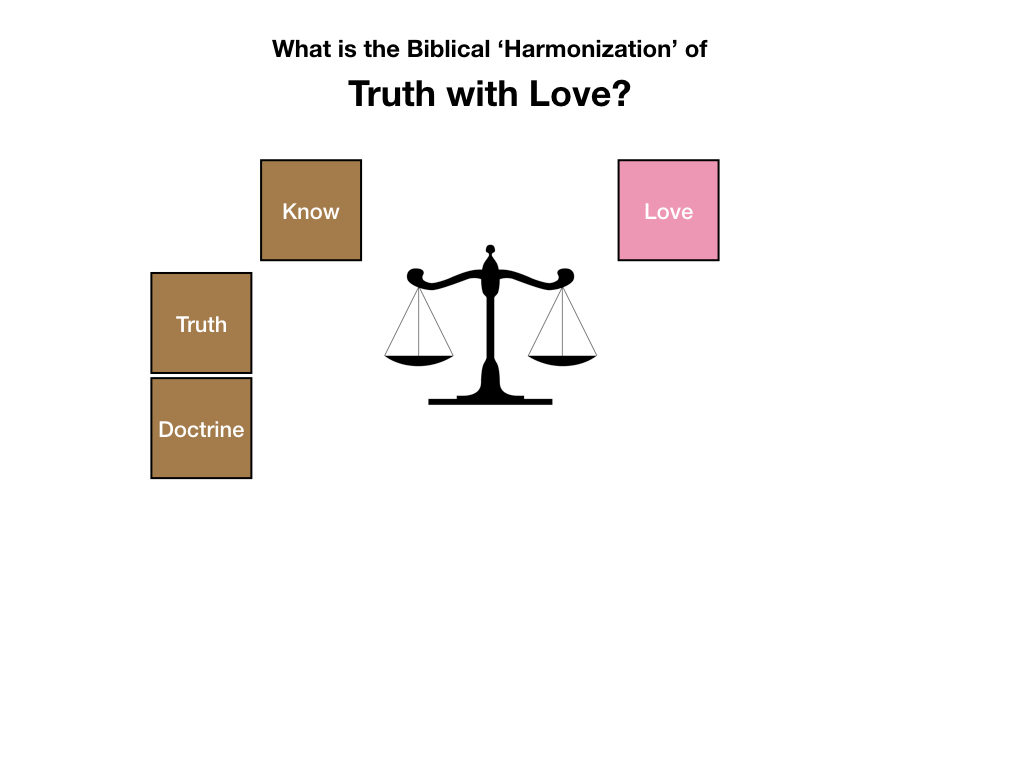Below is the link to the PDF of 1 Cor Ch 8 interlinear NKJV text. It includes the transliterated word of the Gr manuscript (mss), and its morphology and Strongs number. At the back of the PDF is the morphology codes.
“Koine” is the term used to describe the particular form of Gr in which the NT was written, to distinguish it from “classical” Gr (Homer, Plato, etc.) and modern Gr (the present native language of Greece), all of which are similar but have important distinctives.
Morphology is about the form of the mss word that tells us how the word is used in that particular sentence, like the difference between “run,” “runs,” “running,” and “ran” in English where all four morphology forms (five in the Deep South with “runned” as the sometimes useful phrase “he done runned” also occurs) are from the one original root word “to run.”
It is useful to study the codes of verbs, which all begin with the letter “V,” as those tell us about when something is happening (the tense), who is the one doing it (the voice), and the essential nature (Mood) as to whether it is a simple statement of fact (“I” Indicative Mood) or a command (“M” Imperative Mood) or something other.
Two useful verbal distinctions are the present tense (P) compared to a past tense (A or R) or a future tense (F), and the indicative mood (I) compared to the imperative mood (M).
The tense morphology code occurs in the 2nd position, namely: VPxxxx or VAxxxx, etc.; the mood code occurs in the 4th position: VxxxIxx or VxxMxx. (The last two characters in the code deal with “person” and “number”).
A summary of the morphology codes is given on the last page of the below PDF. A fuller discussion of such codes and their meaning was included at the 1 Cor Ch 7 resources.
It’s well worth thinking about the distinction between, say, VPAIxx and VRAIxx (as occurs in vs. 1 and elsewhere), and between VPAIxx and VPAMxx (see vs. 9).
Aorist and Perfect (past) tense verbs cause us to think about what something done in the past affects the present.
Imperative verbs lead us to think, or should lead us to think, about the ‘so what’ of any passage.
Indicative verbs should test our thinking: do we actually, truly believe that the sentence energized by such indicative mood is really true?
Here is the PDF (you how click on the below blue text to go to the PDF, and click again when you get there to see the full size text, which you can then read online or print out):
1 Cor 8 NKJV Prop Outlines, Morphology
One of the most challenging issues of life is ‘harmonizing’ (balancing, ‘cohabiting’) “Truth” with “Love.” This is an essential issue in so many contexts–our legal system, educational system, marriage, parenting, running a business, etc.. It is the linch pin issue of 1 Cor 8: see it immediately in verse 1, namely:
1 Cor 8:1 NKJV Now concerning things offered to idols:
We know that we all have knowledge.
Knowledge puffs up, but love edifies.
“Truth” seems to have a lot of weight behind it because the idea is closely tied to “knowledge” (which itself weighty) and to something foundational underneath such knowledge (doctrine, facts, science, …)
“Love” seems pretty important too, as it, like the search for truth, is a universal aspiration.
Imbalance errors abound. The central conflict of the famous novel, play, and movie of Les Miserables is exactly on this point. Javert is TRUTH with the relentless power of the law behind him. The central complaint of ‘soft’ (i.e., “loving”) judges that cause us to experience revolving door ‘justice’ especially with unrepentant juveniles because such judges (as the objection goes) have lost the necessary perspective of the need for firm application of the law (truth + doctrine); Javert would fix that. Moms and dads often conflict on this issue as each thinks the other is the one out of balance (too soft or two hard) with their kids.
John Piper has written and spoken on this issue in the unique voice that he has.
There is a beautiful treatment of this issue in our present text, 1 Cor Ch 8.
Perhaps the below chart might help your thinking. What kinds of things could you put under the “Truth” (Knowledge) side of the scale? What could you put on the “love” side? Which side is your natural lens on the world? How might the imperative verb of 1 Cor 8:9 help this balance? But does this color “knowledge” (of Truth) to be a bad thing because it leads to “boasting” (see vs. 1 Cor 8:1)? Note: this Epistle was written at a time of the rise of “gnosticism” (which derives from the Gr gnosis, G1108), which was a very prideful, inner circle thing. It might be helpful to print out the chart below, and pencil in the factors / drivers that cause you to ‘lean’ more to “Truth” or more to “Love” in various circumstance.
The word “knowledge” occurs many times in Ch 8. There are two Gr mss words so translated in this text: oida and gnosis. We look at these two words carefully in the resources for 1 Cor 2 resources.
We looked previously at the danger and harm of “puffed up” in 1 Cor 4.
_____________________________________________
1 Cor. Ch 9 is here:
